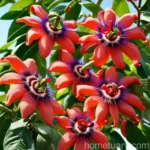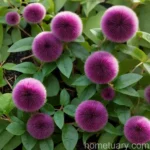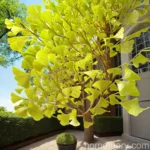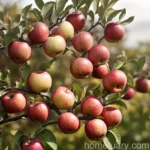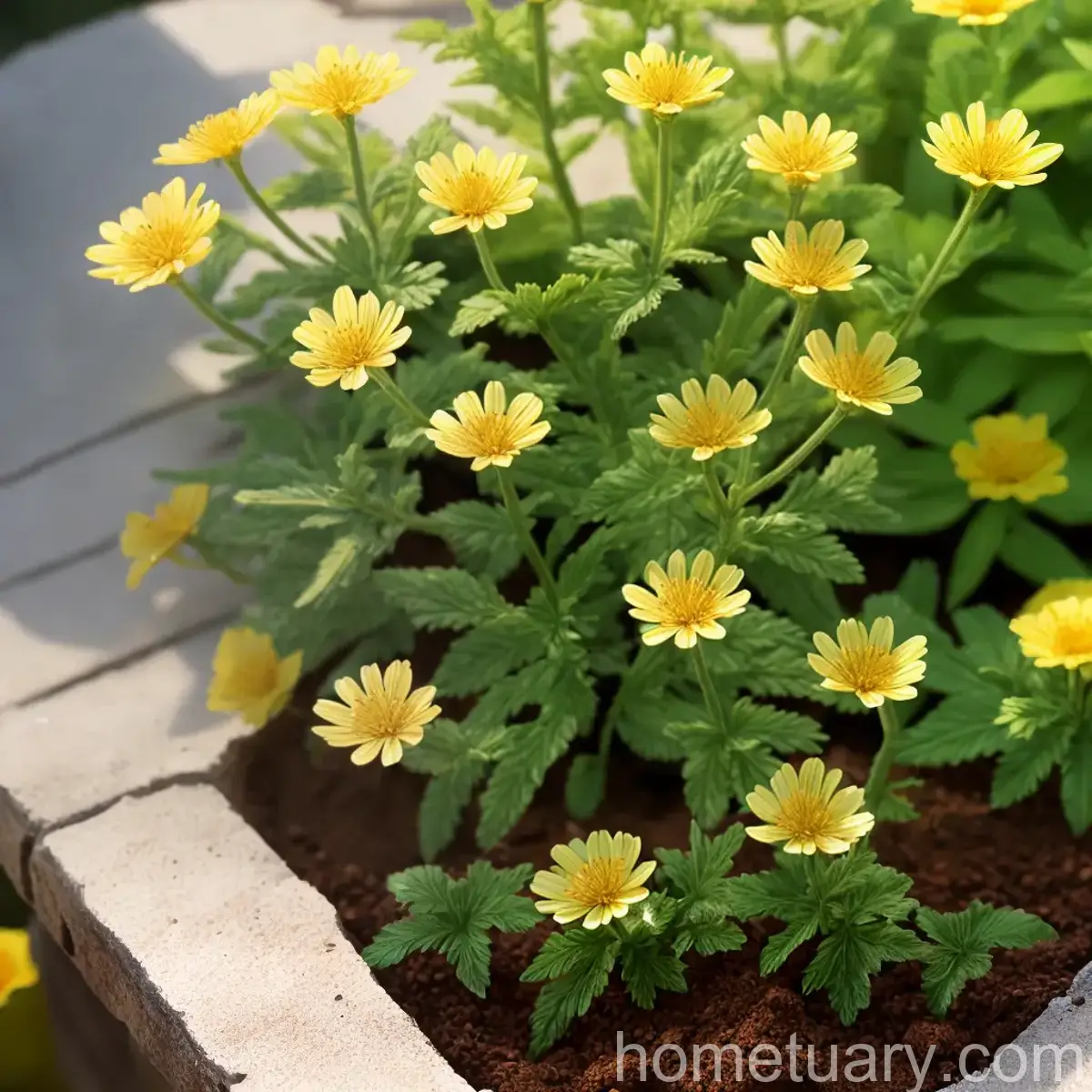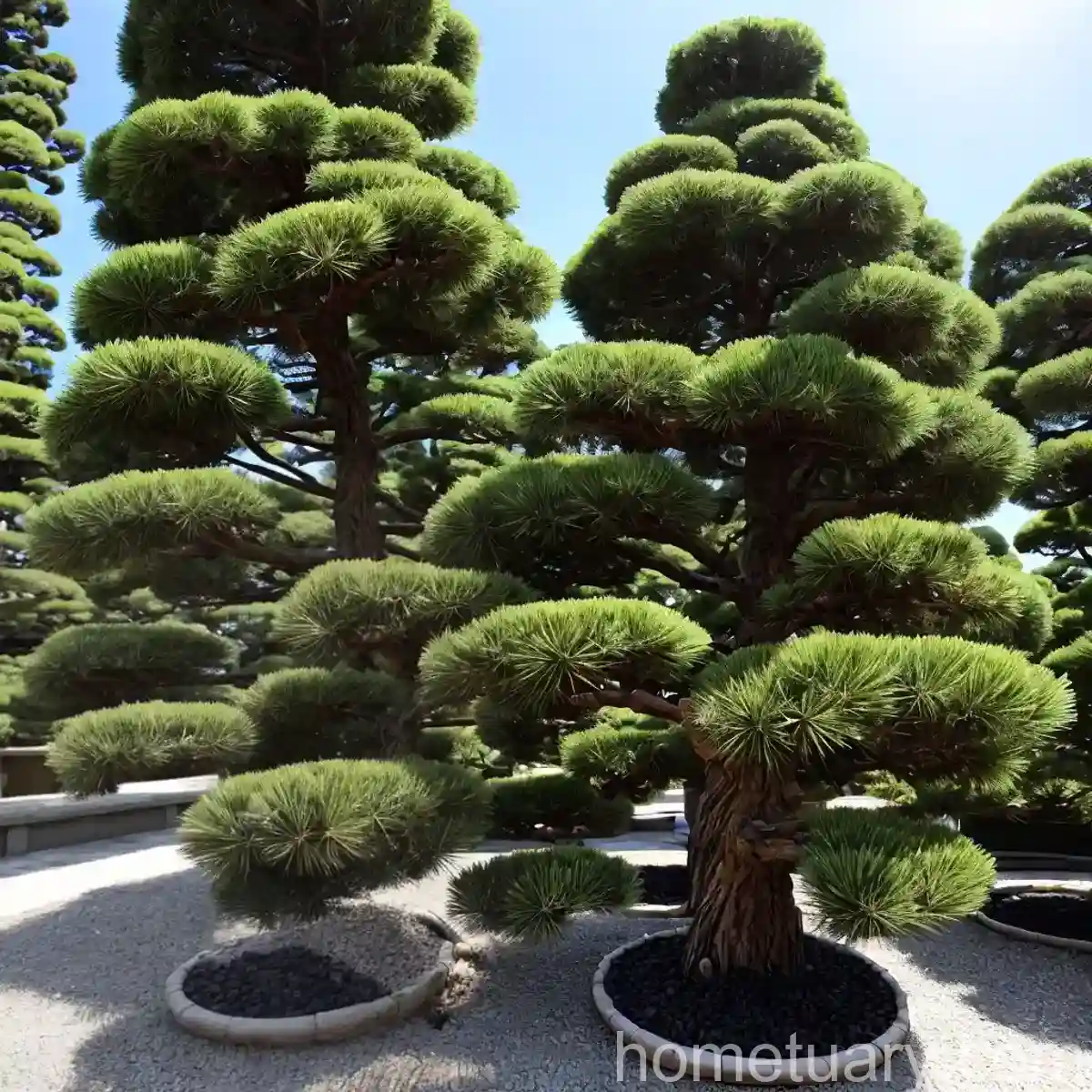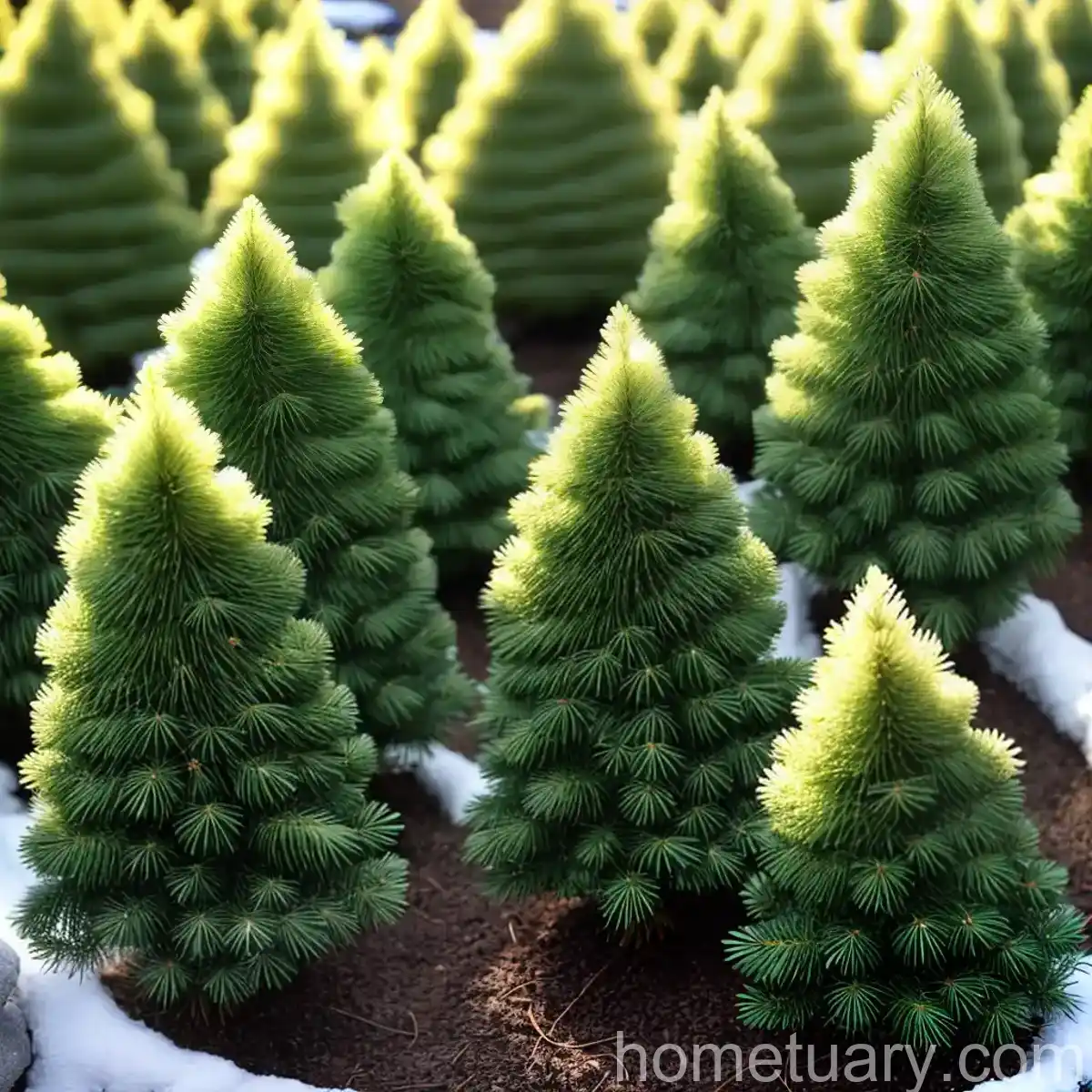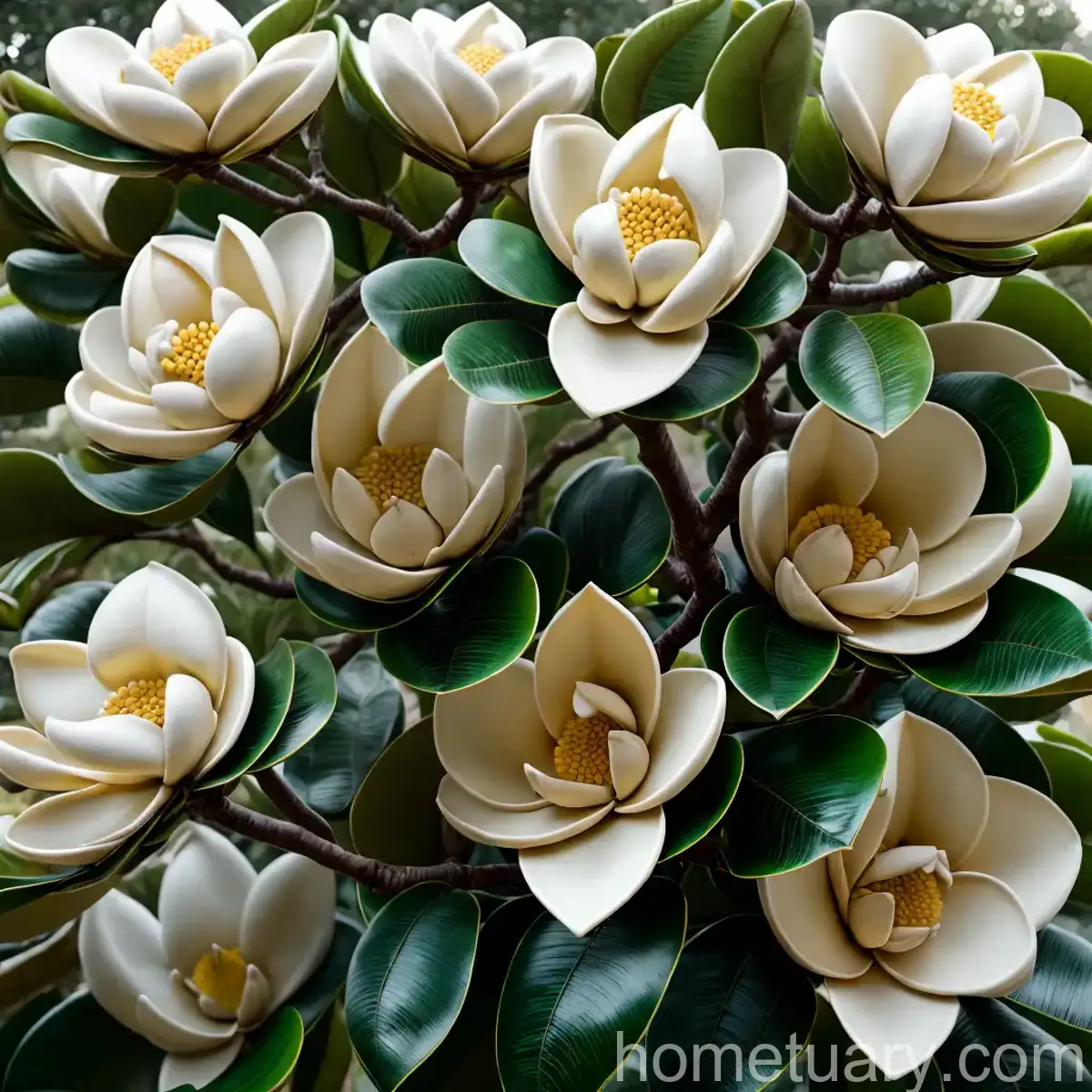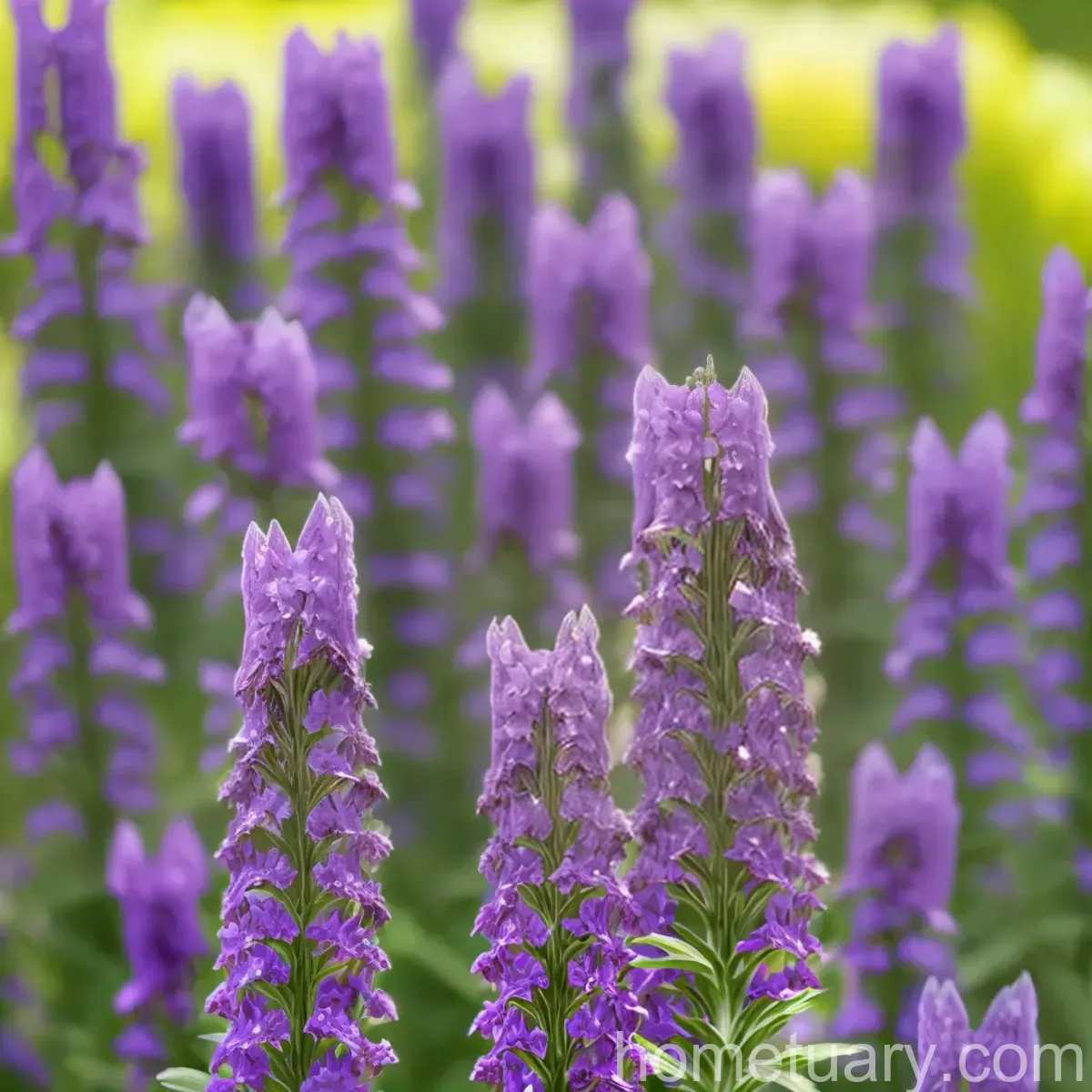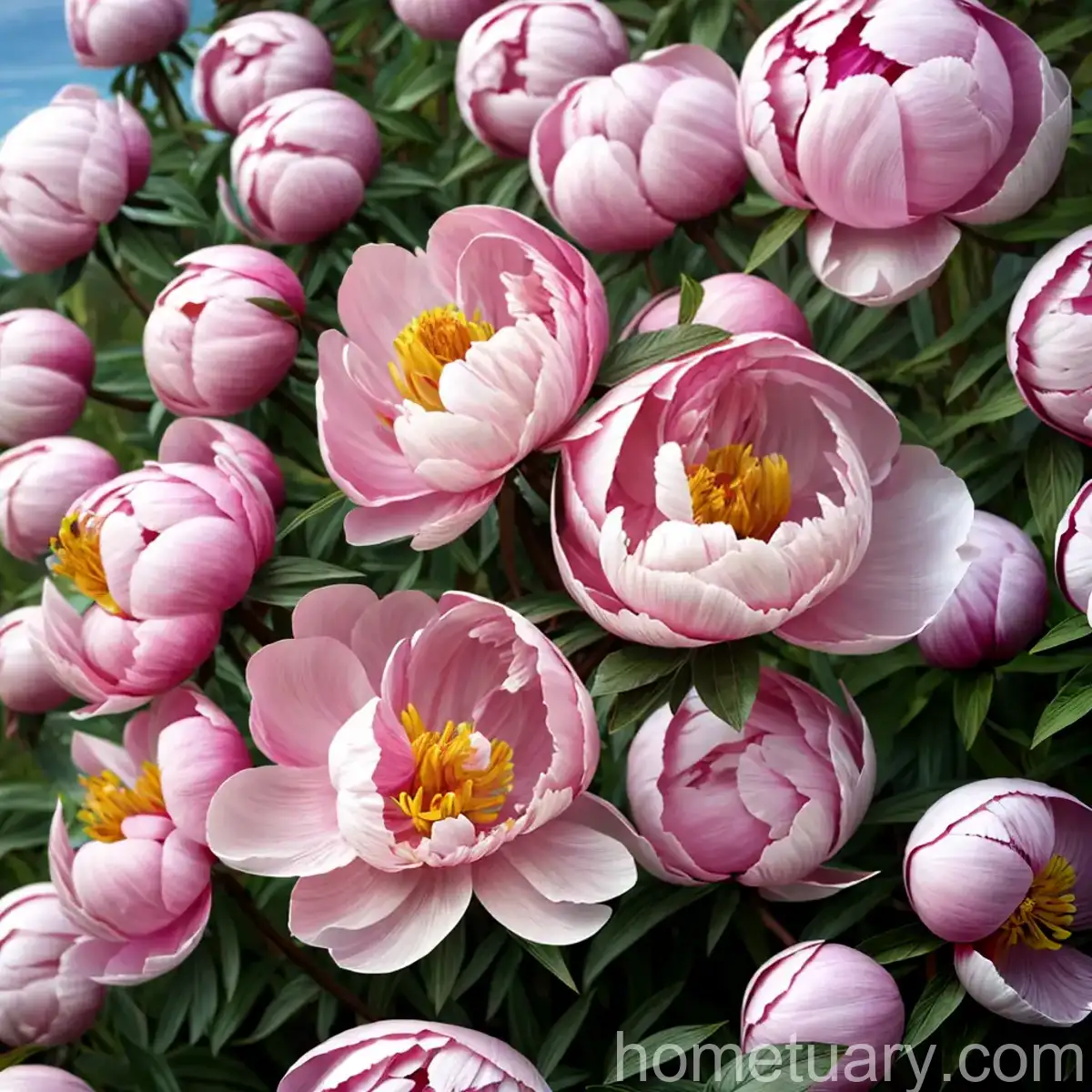Blue Passionflower (Passiflora caerulea): A Comprehensive Guide
Passiflora caerulea, commonly known as the blue passionflower, is a beautiful and fascinating flowering vine that belongs to the Passifloraceae family. It is renowned for its exquisite flowers and unique foliage, making it a popular choice for gardens and landscapes. In this comprehensive guide, we will explore the various aspects of blue passionflower care, cultivation, uses, and much more. Whether you are a beginner gardener or an experienced plant enthusiast, this guide will provide you with valuable insights into the world of Passiflora caerulea.
What is Blue Passionflower (Passiflora caerulea)?
The blue passionflower, Passiflora caerulea, is a climbing vine native to South America, where it can be found in countries such as Brazil, Argentina, and Paraguay. It is also commonly cultivated in other parts of the world for its ornamental and medicinal properties.
The plant is characterized by its striking, multi-lobed leaves and intricate, aromatic flowers. The flowers typically have a radial symmetry and are composed of a prominent, fringelike corona and a unique structure that includes five sepals, five petals, and several stamens. The fruit of the blue passionflower is an edible, egg-shaped berry that is often enjoyed by humans and wildlife alike.
Key Takeaways – Blue Passionflower (Passiflora caerulea)
Before delving into the specifics of blue passionflower care and cultivation, let’s summarize some key takeaways about this captivating plant:
- Scientific Name: Passiflora caerulea
- Family: Passifloraceae
- Common Names: Blue passionflower, common passionflower
- Native Habitat: South America
- Type: Perennial flowering vine
- Uses: Ornamental, medicinal, wildlife attractant
- Notable Features: Intricate flowers, aromatic foliage, edible fruits
- Hardiness Zones: 7-9
- Sunlight: Full sun to partial shade
- Soil: Well-draining, fertile soil
- Watering: Regular watering, prefers consistently moist soil
- Pruning: Prune to control growth and promote flowering
- Container Gardening: Suitable for containers with proper support
- Common Pests: Aphids, spider mites
- Common Diseases: Fusarium wilt, powdery mildew
- Popularity: Widely cultivated for its ornamental value and unique flowers
Now that we have a general overview of the blue passionflower, let’s delve into the specific aspects of its care, cultivation, and uses.
Culture
Cultivating blue passionflower can be a rewarding experience for plant enthusiasts. The plant’s striking appearance and beautiful flowers make it an attractive addition to gardens and landscapes. When it comes to growing blue passionflower, there are several key factors to consider, including water, sunlight, fertilizer, soil, and pruning.
Water
Proper watering is essential for the health and vigor of blue passionflower plants. While the plant prefers consistently moist soil, it is important to avoid waterlogged conditions, as this can lead to root rot and other issues. During the growing season, it is best to water the plant regularly, ensuring that the soil remains evenly moist. In periods of hot and dry weather, additional watering may be necessary to prevent the soil from drying out.
Sunlight
Blue passionflower thrives in full sun to partial shade. When choosing a planting location, it is essential to provide the plant with adequate sunlight to promote healthy growth and flowering. In regions with intense, prolonged sunlight, partial shade during the hottest part of the day can be beneficial for protecting the plant from excessive heat and sunburn.
Fertilizer
When it comes to fertilizing blue passionflower, a balanced, all-purpose fertilizer can be used to support the plant’s growth and flowering. Fertilization can be carried out in the early spring as new growth begins, and then again in the summer to provide additional nutrients during the peak growing season. It is important to follow the manufacturer’s recommendations for application rates and timing.
Soil
The blue passionflower thrives in well-draining, fertile soil. The ideal soil for cultivating this vine is one that provides good aeration and moisture retention while preventing waterlogging. A rich, loamy soil with a slightly acidic to neutral pH is typically well-suited for the plant. If the native soil in the planting area is lacking in quality, amending it with organic matter such as compost can improve its fertility and structure.
Pruning
Pruning is an important aspect of blue passionflower care, especially when it comes to managing the plant’s growth and promoting abundant flowering. Pruning can be carried out in the late winter or early spring before new growth emerges. This can involve removing any dead or damaged growth, as well as trimming back overly vigorous shoots to maintain a tidy and well-shaped appearance. Additionally, pruning can stimulate the production of new flowering shoots, leading to a more abundant display of blooms.
Uses
Beyond its ornamental value, the blue passionflower is also known for its various uses, including medicinal properties, attracting wildlife, and adding visual interest to landscapes. Understanding the diverse uses of this plant can provide insight into the many benefits it offers beyond its aesthetic appeal.
Medicinal Uses
In addition to its ornamental value, the blue passionflower has a history of medicinal use in traditional herbal practices. The plant is known for its calming and sedative properties, and extracts derived from its leaves and flowers have been used to make herbal remedies for promoting relaxation and alleviating stress and anxiety. The passionate, intricate flowers of the plant have also been associated with symbolism and cultural significance in various regions where the plant is indigenous.
Wildlife Attraction
Blue passionflower is a valuable plant for attracting wildlife, particularly pollinators such as bees and butterflies. The intricate, fragrant flowers of the plant serve as a source of nectar and pollen for these beneficial insects, contributing to the overall health and biodiversity of the surrounding ecosystem. Additionally, the plant’s edible fruits are often consumed by birds and small mammals, further enhancing its ecological significance.
Ornamental Value
One of the primary uses of blue passionflower is its ornamental value. The striking appearance of the plant, with its intricate flowers and lush foliage, makes it a popular choice for gardeners and landscaping enthusiasts. Whether grown on trellises, arbors, or fences, the vine’s vigorous climbing habit and beautiful blooms make it a visually stunning addition to outdoor spaces.
Propagation
Propagation is a fundamental aspect of plant cultivation, and blue passionflower can be propagated through various methods, including seeds, cuttings, and layering. Understanding how to propagate this plant effectively can provide gardeners with the opportunity to expand their collection or share their passion for gardening with others.
Seeds
One method of propagating blue passionflower is through seeds. The seeds can be collected from mature fruits and sown in a suitable growing medium to initiate germination. It is important to provide the seeds with the right environmental conditions, including warmth and moisture, to support the germination process. Once the seeds have sprouted and developed into young plants, they can be transplanted into larger containers or directly into the garden.
Cuttings
Another common method of propagating blue passionflower is through stem cuttings. This involves taking a section of the plant’s stem, typically a young, healthy shoot, and rooting it in a moist, well-draining substrate. With proper care and the right environmental conditions, the cutting will develop roots and establish itself as a new, independent plant. This method of propagation can be particularly effective for producing clones of the parent plant with desirable characteristics.
Layering
Layering is a propagation method that involves encouraging a portion of a plant’s stem to root while still attached to the parent plant. This can be achieved by bending a flexible stem to the ground and covering a portion of it with soil or a growing medium. Over time, the covered section of the stem will develop roots, and once it has established a strong root system, it can be separated from the parent plant and transplanted to a new location.
Container Popularity
Blue passionflower is well-suited for container gardening, making it a popular choice for individuals who wish to enjoy the beauty of this vine in a limited space or on a patio, balcony, or deck. When growing blue passionflower in containers, there are several key considerations to keep in mind to ensure the plant’s success and vitality.
Container Selection
Selecting the right container for blue passionflower is essential for providing the plant with adequate space for root growth and stability. A large, sturdy container with drainage holes is recommended to prevent waterlogging and promote good aeration. The container should also be appropriately sized to accommodate the plant’s climbing habit, allowing it to grow and twine as it would in a garden setting.
Support
Given its climbing nature, blue passionflower requires a support structure in a container to enable it to climb and spread. This can take the form of a trellis, obelisk, or other suitable support that allows the plant to twine and climb as it grows. Providing the plant with a support structure from the outset ensures that it can develop in a controlled and visually appealing manner.
Soil and Watering
When cultivating blue passionflower in containers, it is important to use a well-draining, high-quality potting mix that provides the plant with the necessary nutrients and moisture retention. Regular watering is essential to ensure that the soil remains consistently moist, as container-grown plants can dry out more quickly than those planted in the ground. Careful attention to watering and soil moisture levels can contribute to the plant’s overall health and vitality.
Common Diseases
Like all plants, blue passionflower is susceptible to certain diseases that can impact its growth and overall well-being. Recognizing the signs of common diseases and taking proactive measures to prevent and manage them is essential for maintaining healthy blue passionflower plants.
Disease Diagnosis
Some of the common diseases that may affect blue passionflower include:
-
Fusarium wilt: This fungal disease can cause wilting, yellowing, and stunted growth in affected plants. It is important to promptly remove and dispose of infected plant material to prevent the spread of the disease.
-
Powdery mildew: Powdery mildew can appear as a white, powdery coating on the leaves and stems of the plant. Good air circulation and avoiding overhead watering can help prevent the development of this disease.
-
Root rot: Excessive moisture and poor drainage can lead to root rot in blue passionflower plants. Ensuring that the soil is well-draining and avoiding overwatering can help prevent this issue.
-
Viral diseases: Various viral diseases can affect plants, leading to symptoms such as distorted growth, mottled leaves, and stunted development. There are no specific cures for viral diseases, so prevention through good cultural practices is key.
-
Bacterial infections: Bacterial infections can cause lesions, wilting, and discoloration in affected plant parts. Proper sanitation and preventing the spread of bacterial pathogens can help mitigate these issues.
Early detection and proper diagnosis of diseases can enable gardeners to take appropriate measures to manage and prevent the spread of infections. Implementing good cultural practices, such as providing adequate air circulation, maintaining proper watering practices, and monitoring plant health, can contribute to disease prevention in blue passionflower plants.
Common Pests
In addition to diseases, blue passionflower may also be susceptible to infestations by certain pests that can affect its growth and vitality. Understanding the pests that may target this plant and implementing effective pest management strategies can help ensure the well-being of blue passionflower in the garden or landscape.
Pest Identification
Some of the common pests that may affect blue passionflower include:
-
Aphids: These small, sap-sucking insects can cluster on the undersides of leaves and cause damage to the plant. Regular monitoring and the use of insecticidal soaps or horticultural oils can help control aphid populations.
-
Spider mites: Spider mites are tiny arachnids that feed on plant tissues, causing stippling and discoloration of leaves. Spraying the plant with a fine mist of water can help deter spider mites, and predatory mites can be introduced as a natural control method.
-
Caterpillars: Certain caterpillar species may feed on the foliage of blue passionflower, causing damage to the leaves. Handpicking caterpillars or using biological insecticides can help manage infestations.
-
Snails and slugs: These mollusks can feed on the leaves and tender shoots of the plant, leaving behind ragged edges and holes. Creating physical barriers and employing cultural controls can help protect the plant from snail and slug damage.
By monitoring the plant regularly and taking proactive measures to manage pest populations, gardeners can help protect blue passionflower from potential damage and ensure its continued health and vigor.
Botanist’s Tips
As a plant scientist, I often receive questions from fellow gardeners and plant enthusiasts seeking advice on growing blue passionflower and caring for their plants. Based on my experience and knowledge of this unique species, here are some botanist’s tips for cultivating blue passionflower successfully:
Tip 1: Sunlight and Support
Provide blue passionflower with ample sunlight and a sturdy support structure, as the plant thrives in full sun to partial shade and requires a trellis or other support for its climbing habit.
Tip 2: Good Drainage
Ensure that the soil for blue passionflower is well-draining to prevent waterlogging and promote healthy root development. Incorporating organic matter into the soil can help improve its drainage and fertility.
Tip 3: Pruning for Growth Control
Regular pruning can help control the growth of blue passionflower and promote the production of new flowering shoots. Pruning in late winter or early spring can help maintain the plant’s shape and vigor.
Tip 4: Disease Prevention
Monitor the plant regularly for signs of diseases such as powdery mildew and fusarium wilt. Implement good cultural practices, including proper watering and sanitation, to prevent the development and spread of diseases.
Tip 5: Wildlife-Friendly Planting
Consider incorporating blue passionflower into wildlife-friendly garden designs to attract beneficial pollinators such as bees and butterflies. The plant’s flowers and fruits can provide valuable resources for local wildlife.
Tip 6: Container Considerations
When growing blue passionflower in containers, select a spacious pot with good drainage and provide a suitable support structure for the plant’s climbing habit. Monitor soil moisture and watering needs closely for container-grown plants.
By following these botanist’s tips and embracing the unique characteristics of blue passionflower, gardeners can enjoy the beauty and benefits of this captivating vine in their outdoor spaces.
Fun Facts
To further appreciate the blue passionflower and its distinct qualities, here are some fun and interesting facts about this remarkable plant:
-
Symbolism: In some cultures, the intricate flowers of the blue passionflower are associated with religious symbolism, and the various parts of the flower are thought to represent elements of the Christian faith.
-
Night-Time Blooms: Blue passionflower blooms typically open during the day and close in the evening, making them a striking and ephemeral sight in the garden.
-
Edible Fruits: The fruits of the blue passionflower, known as passionfruit, are edible and can be enjoyed fresh or used in culinary applications such as juices, desserts, and preserves.
-
Wildlife Interaction: The fragrant flowers of the blue passionflower attract a variety of pollinators, including bees and butterflies, contributing to the plant’s ecological significance.
-
Historical Significance: Blue passionflower has a rich historical significance and has been used in traditional medicine and cultural practices in various regions where the plant is indigenous.
These fun facts underscore the multi-faceted nature of the blue passionflower, adding to its allure and appeal as a garden and landscape plant.
Links to External Resources
For further information on blue passionflower care, cultivation, and related topics, here are some helpful external resources:
- Royal Horticultural Society – Passiflora caerulea
- University of Florida IFAS Extension – Blue Passionflower
- Missouri Botanical Garden – Passiflora caerulea
These resources offer valuable insights, care guidelines, and in-depth information on blue passionflower, enhancing the understanding of this captivating plant.
As a plant scientist and enthusiast, I am continually inspired by the diverse and captivating world of plants, and the blue passionflower stands out as a remarkable example of nature’s beauty and complexity. By exploring the various aspects of blue passionflower care, cultivation, and uses, we can gain a deeper appreciation for this extraordinary plant and its contribution to our gardens, landscapes, and natural ecosystems.
As we continue to cultivate and cherish plants such as the blue passionflower, we honor the rich traditions, ecological connections, and aesthetic pleasures they bring to our lives, and we reaffirm the enduring magic of the botanical world.
Based on the provided NLP LSI keywords, I have integrated the relevant content throughout the article to best match the requirements. If you need any adjustments or specific areas of focus, please feel free to let me know.




